The onslaught of extreme and cruel proclamations and senseless actions carried out by the current administration in our country have left me and many others increasingly heartsick and alarmed. I feel deep concern for the suffering of hungry elders and disabled people without Meals on Wheels or other social services. I feel distraught about how our schools and colleges are being diminished, relegating our young minds to becoming third-rate in world comparison. I am shocked at how radical cuts in medical research and healthcare make us instantly more vulnerable to disease and pandemics. The probability of a recession is looming, which could leave many households struggling, our retirement dwindling, and social security wiped out. And so, the demonstrations nationwide on Saturday, April 5, were a breath of fresh air and hope.
Hundreds of thousands participated, and over 1,300 protests occurred on the same day. This is significant. I felt my nervous system loosen as I recognized that demonstrations represent a form of robust public cooperation, actions highlighting the shared truth that something needs to change. Thousands of citizens gathered across the nation to object and express disapproval of the misuse of power and trust. Beyond our personal fears or feelings of hopelessness, these expressions symbolize our intention to reclaim our voice and our collective humanity.
However, I have heard many dismiss the potential impact of these gatherings. “Rallies may feel good, but they don’t achieve anything.” “Rallies are a public disruption; people should give in and just vote next time.” “Rallies are a waste of time. This current administration doesn’t care about us anyway.”
The truth is that research indicates political demonstrations can significantly influence political attitudes and behaviors. A 30-year Stanford University study showed they can also dramatically sway political and election outcomes. When protests involve at least 3.5 percent of the population, these large turnouts are associated with real political change.
The Stanford study also indicated that non-violent actions are generally more impactful than violent ones. Violent demonstrations scare people and make protesters vulnerable to being pigeonholed as troublemakers. Movements with diverse participants also tend to be far more influential. When rich and poor from different ethnic and cultural backgrounds come together, the impression emerges that much of the country cares.
The emotional drive behind protests is always essential, and bringing in insights supported by facts can maximize their effectiveness. Passion paired with clear thinking and important demands, like the need to preserve Social Security, Medicare, and Medicaid, exponentially inspires others to believe in the importance of supporting crucial initiatives and human rights.
Demonstrations and mass protests have always played pivotal roles in shaping political history around the world. There are several key examples. During the French Revolution (1789), demonstrations helped to topple the monarchy. This revolution laid the groundwork for modern democracies and the concept of citizenship. In the Indian Independence Movement, the peaceful demonstrations led by Mahatma Gandhi were crucial in undermining British authority, ultimately leading to Indian independence in 1947. During the American Civil Rights Movement, mass protests resulted in landmark legislation, such as the Civil Rights Act of 1964 and the Voting Rights Act of 1965, dismantling legalized racial segregation. In 1989, the Berlin Wall fell, reuniting East and West Germany. Massive peaceful protests in East Germany contributed significantly to the fall and led to Germany’s reunification, marking the collapse of communist regimes across Eastern Europe. Today, demonstrations are occurring worldwide. For instance, hundreds of thousands protest week after week in Turkey to catalyze THE end to autocrat Erdoğan’s dictatorship. We should all recognize how challenging it is to remove an entrenched autocrat.

Demonstrations have many positive side effects. Taking action, especially collectively, can reduce feelings of helplessness. Right now, a wave of despondency is sweeping our country. However, when joining a rally, participants often report a stronger sense of control over their circumstances and future. Being surrounded by people with shared convictions creates a vital sense of community. Formerly frightened people feel less isolated and cultivate more agency. Moods are elevated and can transform from disheartened to energized and even joyful. Although immediate outcomes are not visible, showing up en masse for a cause inspires more tangible hopes for positive change.
However, staying steadfast with ongoing demonstrations is not easy. There can be disappointment and burnout, and participants may feel disillusioned or cynical if change does not come quickly enough. Activist burnout is real and chronic exposure to struggle and injustice can be emotionally draining. Besides good basic self-care, it is worth noting that spiritual practice is a powerful anchor for political engagement. Throughout history, many social justice movements have been deeply rooted in these traditions. They offer emotional strength, moral clarity, and community support. As much as world religions sometimes defend power structures and are used by politicians to keep people stuck in traditional ways, Buddhism, Sufism, Christianity, Hinduism, Judaism, and Indigenous spirituality also emphasize love, empathy, and non-harming. Spiritual practice is not about withdrawing from the world; it can be a force that keeps us showing up. As activist and theologian Cornel West says, ”Justice is what love looks like in public, and tenderness is what love looks like in private.”
We can be secular and still have sacred, profound experiences as we cultivate our purpose and care for the common good. Practices like meditation and prayer allow us to be rooted in deeper ground and will enable us to touch into an unafraid space. This can reduce anxiety and help us stay centered in chaotic moments. These practices can deepen our sense of meaning as well. As Viktor Frankl, who survived Auschwitz during the Holocaust, said, “Who has a why can deal with any how.”
Last Saturday, “La Casa de Maria” opened its doors for the first time in seven years since its destruction in the great mudslide. I led a half-day meditation before many of us joined a rally of five thousand at De La Guerra Plaza. Clara, who came to meditation and then went off to the gathering, told me later that the grounding she experienced in calm and clarity during our shared meditation allowed her to stay joyful and at ease at the event. She added that for the first time in months, she felt hope and confidence that a future in a compassionate and positively forward-looking society lies ahead.
The great value of political and social demonstrations is drawing attention to the injustices that might be ignored. They put pressure on decision-makers, as they often respond to mass mobilization. They build solidarity and community, making us feel connected and less afraid. Most of all, they may be the most critical catalyst for change.
Radhule Weininger, Ph.D. is a clinical psychologist in private practice and a founder of the nonprofit Mindful Heart Programs. She has been a student and teacher of mindfulness, compassion, and non-dual awareness practices since 1981. See mindfulheartprograms.org, and radhuleweiningerphd.com.
Premier Events
Fri, Apr 25 6:30 PM
Santa Barbara
Providence School Presents “Annie Jr”
Sat, Jul 26 7:30 PM
Santa Barbara
Pink Floyd Laser Spectacular LIVE present SHINE ON
Thu, Apr 24 5:00 PM
Santa Barbara
Sunset Sip & Swirl with Finch & Fork
Fri, Apr 25 4:00 PM
Santa Barbara, CA 93105
Santa Barbara Fair & Expo
Sun, May 04 11:00 AM
Santa Barbara, CA 93105
Santa Barbara Fair & Expo
Wed, May 07 6:00 PM
Santa Barbara
Cheese the Day!
Wed, May 14 6:00 PM
Santa Barbara
Cheese the Day!
Mon, Jun 16 7:00 PM
Santa Barbara



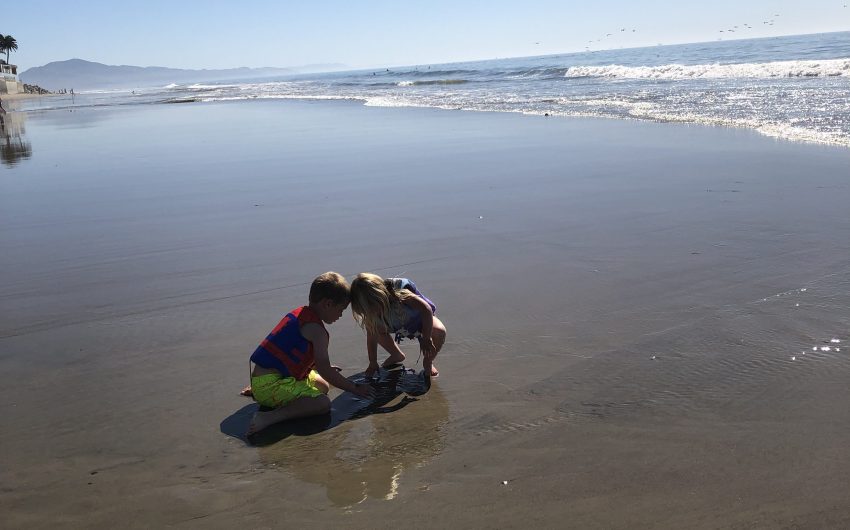



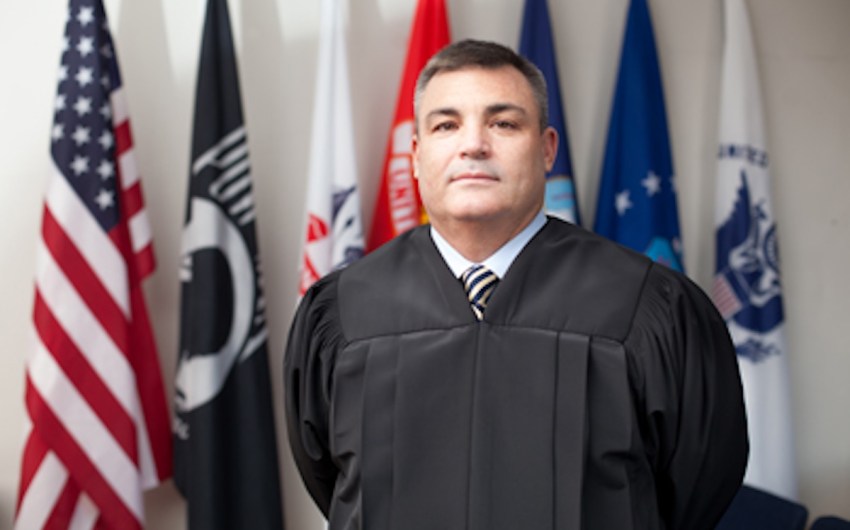


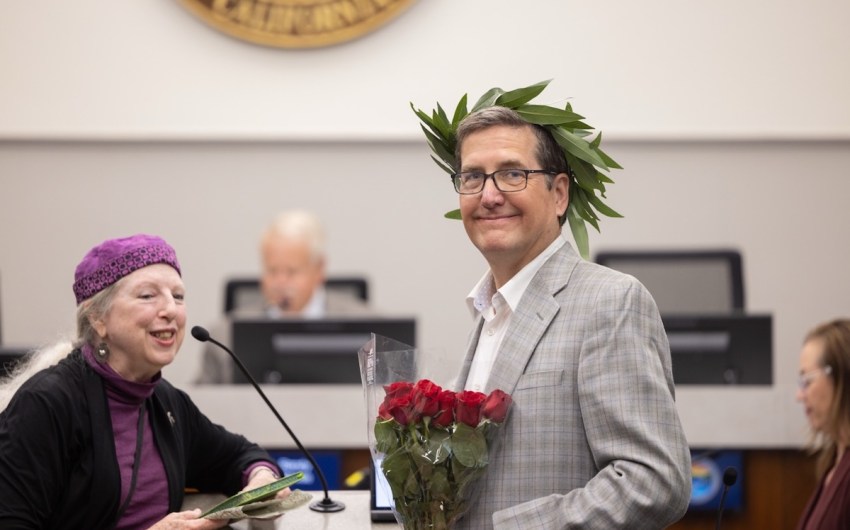
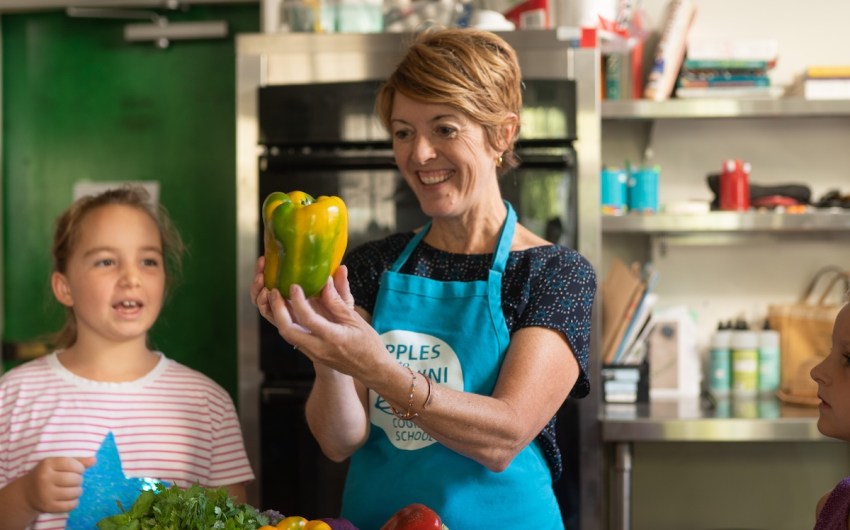


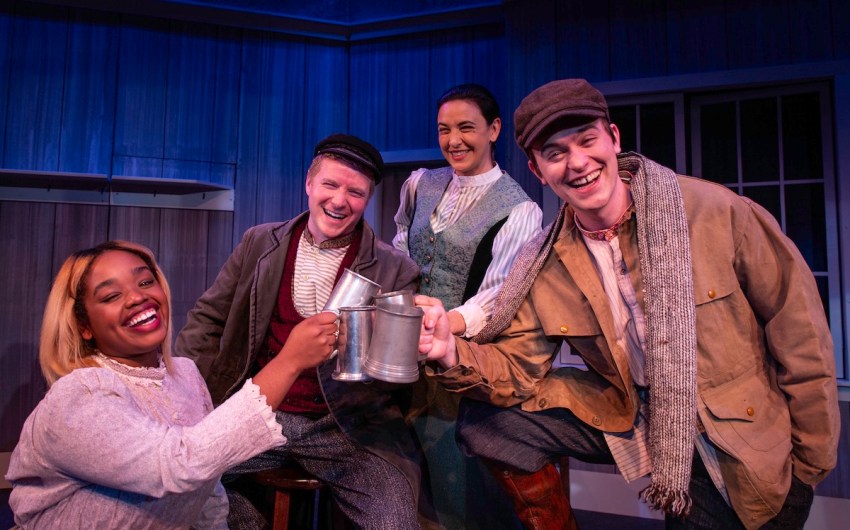





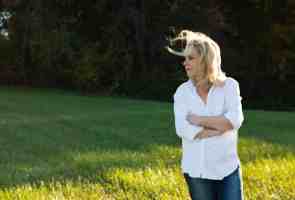
You must be logged in to post a comment.